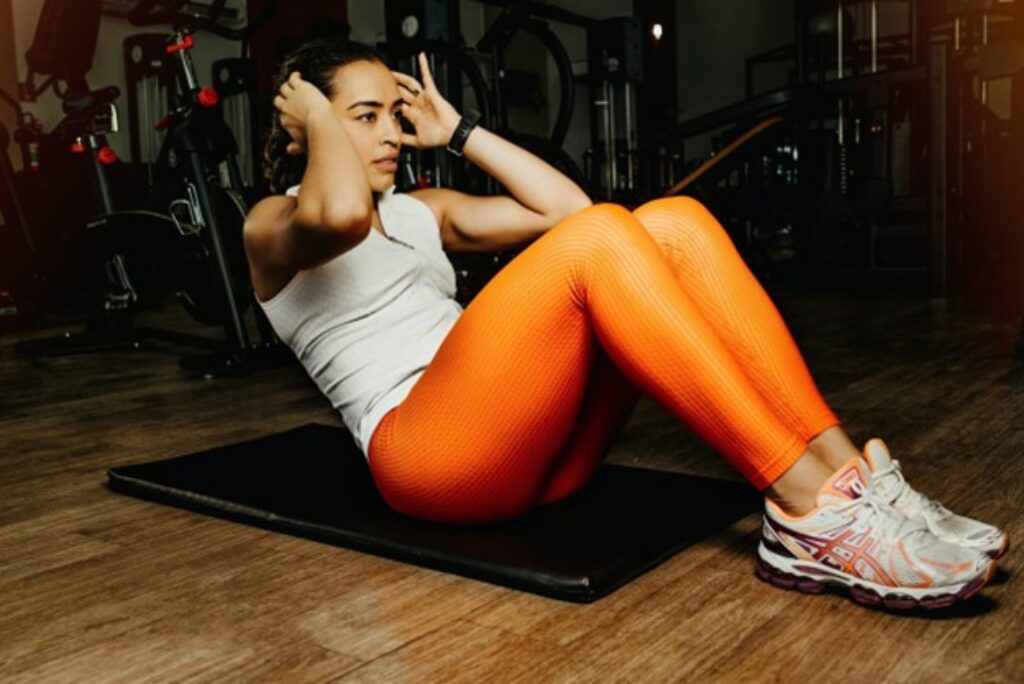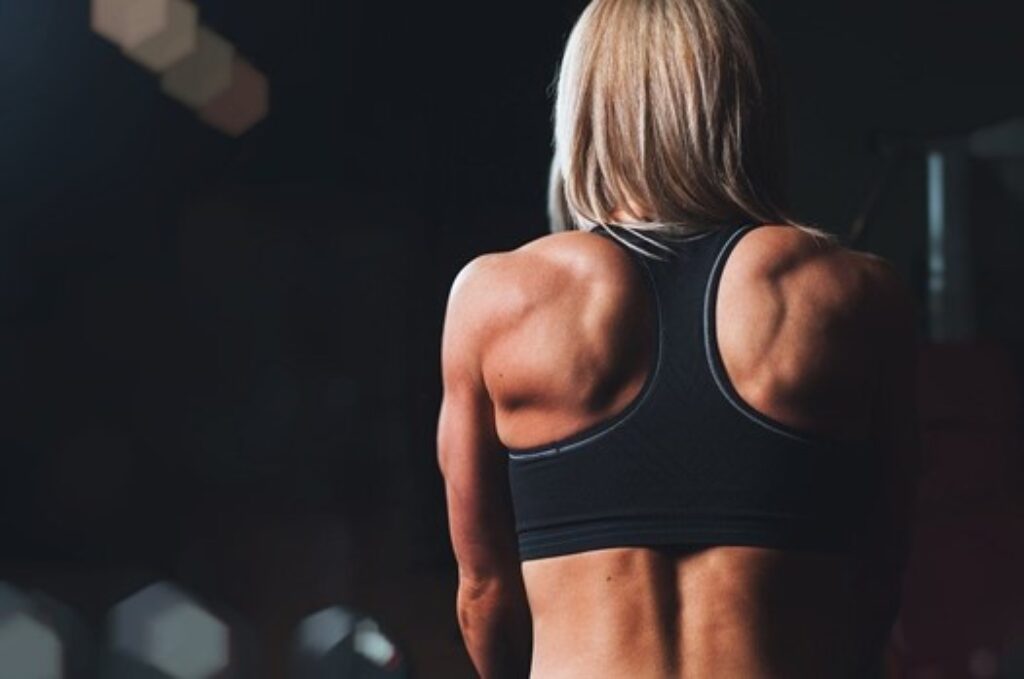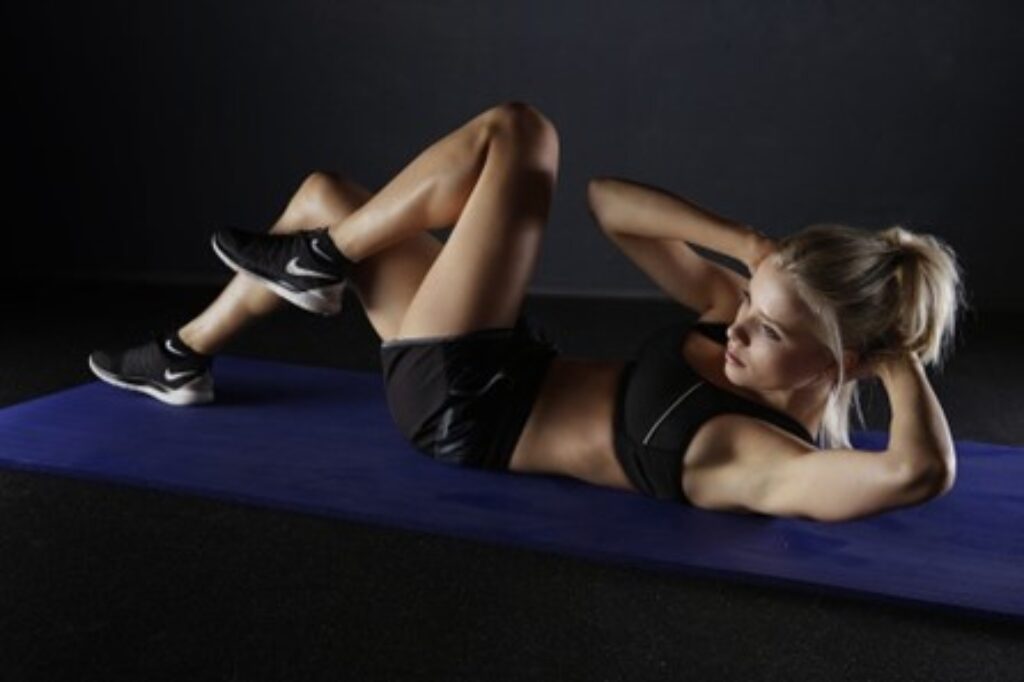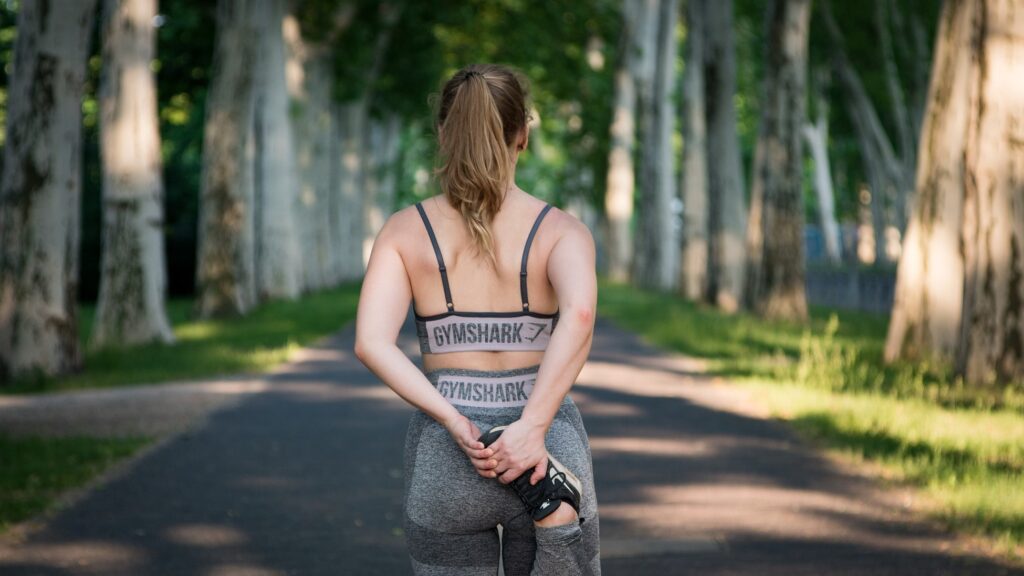
There’s no shortage of workout routines to follow in the modern era. Many fitness enthusiasts follow the routines created by their gym instructors or other fitness gurus they look up to. While it is possible to make significant muscle building gains by following most of the fitness routines out there, you may be interested in building your own custom workout plan to meet your fitness goals. However, this requires an understanding of different muscle groups and how to target them effectively.
This guide will examine important muscle groups and discuss the best ways to achieve balanced gains that are in-line with your fitness goals.
Watch those pounds melt away with the ultimate fat-burning tool 🔥 Grab your electronic jump rope and start your journey to a skinny fit physique today! #JumpRope #WeightLoss #FitnessGoals
Say goodbye to bloat and hello to a healthier, fitter you! Revolutionize your workouts with this electronic jump rope designed for optimal fat burning and heart rate variability. #FatBurner #WorkoutEssentials”
- Electronic Chip
- Hd display
- Strengthen Rope
Achieve your weight loss goals with the power of aerobic exercise and a high-tech electronic jump rope. Get ready to sweat and see amazing results! #FitnessJourney #HeartRateZones”
Add some cardio fun to your routine with this sleek electronic jump rope! Say bye bye bloat and hello to fitness goals! 💪🏼🔥 #WorkoutEssentials #FitnessInfluencer #JumpRope”
Important Muscle Groups
There are many different ways to classify the muscle groups in the body. Many instructors categorize them as either upper body, core, or lower body for the sake of simplicity. However, these can be further broken down into individual muscle groups. This includes:
Chest
The chest muscles are also known as the pectoral muscles. They link the front walls of your chest to your upper arms and shoulders. They consist of:
- Pectoralis major: This is the large fan-shaped muscle located under the breast.
- Pectoralis minor: This small muscle is located on the chest near the armpit.
- Serratus anterior: This muscle runs vertically under the armpit.
- Subclavius: This tiny muscle runs laterally above the first rib.
Shoulders
Your shoulders are composed of two muscle groups: extrinsic muscles and intrinsic muscles. Extrinsic muscles connect the shoulder bones and torso, while the intrinsic shoulder muscles connect the upper torso to the shoulder blade.
Triceps
The muscles on the back of your upper arms that control elbow movement. They consist of three parts: the medial, lateral, and long head.
Back
Back muscles consist of rhomboids, trapezius (traps), latissimus dorsi (lats), extensor, flexor, and oblique muscles.
- Rhomboid muscles are located on either side of your spine, and run from the upper back up till the base of the neck.
- Traps are a set of triangular-shaped muscles located in the middle of your upper back.
- Lats are the largest back muscle group, and are positioned on both sides of the spine.
- Lower Back Muscles consist of extensor, flexor, and oblique muscles. They assist with keeping your body’s midsection slim.
Biceps
The biceps are a flexor muscle, meaning that they bend limbs by contracting. They are the major muscle between your elbow and shoulder.
Abdominal muscles
Abdominal muscles are located between your ribs and pelvis. They are composed of three muscle groups:
- Rectus abdominis: The long muscle that extends along the anterior abdominal wall. It is the muscle that shows up as a “six-pack” in individuals with low body fat.
- Transverse abdominis: This large muscle runs along the front and side of the abdominal wall. It helps to compress the ribs, and provides stability.
- Abdominal oblique: This a broad and thin muscle that runs along the front and side of the abdomen. It helps pull the chest downwards and to compress the abdomen inwards.
Glutes
The gluteal muscles or “glutes” make up your buttocks. They consist of three muscles: gluteus maximus, gluteus medius, and gluteus minimus.
- Gluteus maximus: This muscle is located in the buttocks and is believed to be the strongest muscle in the human body. It covers all the other gluteal muscles, and assists with hip and thigh movement.
- Gluteus medius: This muscle is located on the side of the upper buttock. It works with the hip joint to rotate and lift the thigh.
- Gluteus minimus: This the smallest gluteal muscle and is located underneath the gluteus medius. It assists with hip stabilization and movement.
Hamstrings
The hamstrings consist of four muscles between the hip and the knee. These are:
- Long head of the biceps femoris: A lengthy muscle located on the back of the upper thigh.
- Short head of the biceps femoris: A shorter muscle located on the back of the thigh behind the knee.
- Semitendinosus: Another muscle located behind the thigh.
- Semimembranosus: A muscle between the biceps femoris and semitendinosus.
The hamstring muscles are important as they work together to flex the knee, thereby extending the hip.
Quads
While the hamstrings control the back of the thighs, the front of your thigh are dominated by quadriceps femoris or “quads”. This term refers to a group of four muscles:
- Vastus lateralis: This muscle is the largest of the group, and is located on the side of the thigh. It allows the lower leg to extend and helps the body get up from a squatting position.
- Vastus medialis: This muscle is located in the inner front part of the high.
- Vastus intermedius: The deepest of the quad muscles. It is located along the inner portion of the thigh and extends until the kneecap.
- Rectus femoris: This muscle is attached to the hip and is above the vastus intermedius.
Calves
Your calves are muscles located on the back of your lower leg. These muscles consist of the gastrocnemius and soleus.
- Gastrocnemius: This is the larger of the two muscles, and is responsible for the “bulge” you see on the back of the lower leg.
- Soleus: This is the smaller calf muscle located underneath the gastrocnemius. This muscle merges with the gastrocnemius near the base of the calf.
Calf muscles help with moving your foot and ankle, and are important for movements such as running or jumping.

Should You Focus on Muscle Groups Together?
Now that we’ve looked at the major exterior muscle groups in the body, you may be interested in knowing whether these muscles should be worked out in isolation or in groups. The truth is that working out any muscle in isolation could lead to an imbalance in the body, which could affect other muscles. This may affect your posture or appearance, which is why it is crucial to workout your muscles in groups.
Working Out Opposing Muscle Groups
One of the best approaches for muscle building is to workout opposing muscle groups. So if you are working out the front muscles of a particular body part, you should also workout the rear muscles.
This means you should pair chest exercises with back exercises, quad exercises with hamstring exercises, and glutes exercises with abdominal muscle exercises. Similarly, the biceps, triceps, and shoulder muscles should all be targeted together.
Exercise for Each Muscle Group
Let’s look at various exercises to target each muscle group. Some of these exercises may target multiple muscles at once, while others may focus on a single muscle group.
- Chest and Back Exercises
It is crucial to workout your chest and back muscles together. Failing to do so may lead to muscle imbalances that result in an uneven chest or rounded shoulders. Some great exercises include:
Renegade Row: This exercise targets the “trap” and “lats” muscles in your back. They also help your rectus abdominis and abdominal oblique muscles.
Chest Fly: This exercise works out the pectoral muscles along with deltoideus muscles in the shoulder.
Overhead Pull: This powerful exercise targets the pectoralis major muscles in the chest and the latissimus dorsi muscle in your back.
Push Ups: Push ups target many different muscle groups including chest, shoulders, triceps, and abdominals.
Chest Press: The chest press targets the pectoral muscles, shoulders, and triceps. They also help build your biceps to some extent.
- Quad and Hamstring Exercises
Quad and hamstring exercises give you a rigorous leg workout. This often makes them some of the least liked exercises, but they are essential for building a strong lower body. Some exercises in this category include:
Deadlifts: Deadlifts are an intense exercise that workout multiple muscle groups including quadriceps, glutes, hamstrings, lats, and traps.
Squats: Basic bodyweight squats work the quadriceps, hamstrings, glutes, abdominals, and calves.
Pistol Squats: This squat variant works out the quadriceps gluteus maximus, hips, hamstrings, and calves.
Lunges: Bodyweight alternating lunge exercises target the quadriceps, glutes, hamstring, calf muscles, abdominal muscles, and back muscles.
- Glute and Abdominal Muscle Exercises
The glute and abdominal muscles are opposite to each other and play a key role in stabilizing your body. To test whether these muscles are in balance, you should attempt to stand on one leg. If you struggle to maintain this position for more than a few seconds, your glute and abdominal muscles are likely out of balance. Some exercises to work out your glutes and/or abdominal muscles include:
Planks: The basic forearm plank is an intense exercise that targets your abs. However, it requires multiple muscle groups to work together, including your spine, lats, traps, quads, glutes, hamstrings, shoulders, and triceps.
Situps: The basic sit up targets your rectus abdominis, transverse abdominis, and oblique abdominal muscles. They also workout the lower back and gluteal muscles, promoting better posture.
Burpees: Burpees target muscles in both the upper and lower body. They also engage muscles in the core. Some key muscles used in this exercise are gluteus maximus, hamstrings, rectus abdominis and oblique abdomen muscles, quadriceps, and calf muscles.
Glute Kickers: Also known as “butt kicks”. This explosive exercise stretches your quads while giving your hamstring and glutes an intense workout.
Biceps, Triceps, and Shoulder Muscle Exercises
Biceps, triceps, and should muscle exercises typically require small dumbbells to perform. These exercises target fewer muscle groups than the others we have seen so far. However, they are equally as important for creating a balanced upper-body.
Bicep Curls: The bicep curl targets the two parts of your biceps: the brachialis as well as the biceps brachii. This simple exercise is essential for increasing the size of your arm biceps.
Hammer Curls: Hammer curls target more muscle groups than bicep curls. They workout your biceps brachii, the brachialis, and your brachioradialis. In addition to this, the exercise involves the use of your back and chest muscles.
Tricep Dips: As their name implies, tricep dips mainly workout the tricep muscles. However, they also engage the pec muscles, traps, and serratus anterior.

Should You Ever Workout Muscles in Isolation?
So far we have discussed the importance of working out muscles in groups. However, there may be certain situations where you may benefit from building certain muscles in isolation. This includes:
Adding Definition
If you have been exercising for a while and want to add more definition to a particular muscle, isolation exercises can be a great option.
Correcting Existing Muscle Imbalances
As mentioned earlier, it is easy to develop a muscle imbalance if your workouts do not contain the right combination of exercises that target different muscle groups. Once this imbalance occurs, you may need to try some isolation exercises to correct the problem. However, this should also be performed carefully so that it does not create other imbalances.
Injury Recovery
If you have been injured and were unable to workout a particular muscle group for a while, you can gradually use isolation exercises to bring the muscle’s strength back up. This should be carried out under the supervision of a trainer or a medical professional to avoid injuring the muscle any further.
As you can see, there are plenty of different muscle groups to work out if you wish to develop a stronger and balanced body. Remember to keep these points in mind when you are developing your routine for a great muscle building workout.



